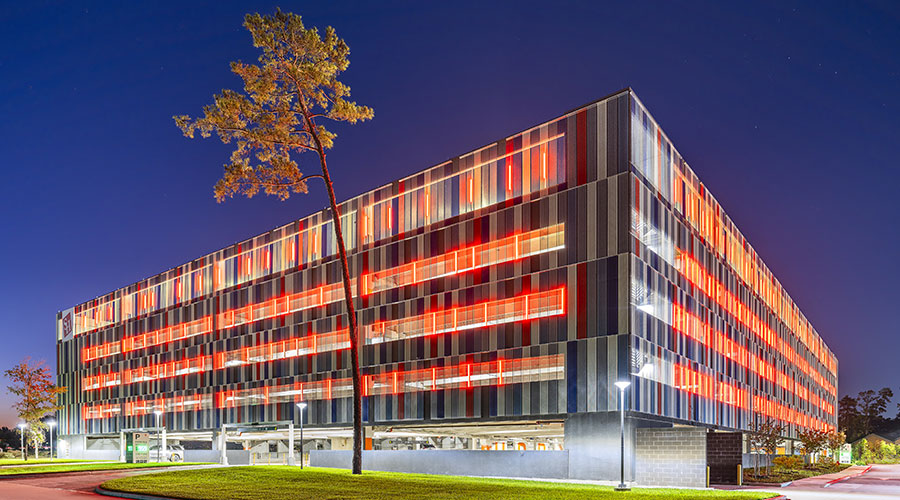NEMA Announces Consensus Legislative Proposal on Outdoor Lighting Standards
Federal efficiency standards for pole-mounted outdoor lighting have been set for the first time by consensus legislation.
Federal efficiency standards for pole-mounted outdoor lighting have been set for the first time by consensus legislation.
The consensus proposal is the result of input from lighting manufacturers, designers, energy advocates and utilities.
This legislation creates three tiers for efficiency levels:
- Tier 1, which becomes effective three years after enactment of the bill, sets minimum task lumen per watts (LPW) requirements based upon backlight, uplight, and glare (BUG) ratings.
- Tier 2 standards, which will be established by the Department of Energy (DOE), must be published in a final rule by DOE no later than Jan. 1, 2013, or 33 months after enactment, whichever is later.
- Tier 3 standards will be established by DOE Jan. 1, 2015, with an effective date of January 1, 2021.
The legislation will regulate two types of lamps that are primarily used outdoors. After Jan. 1, 2016, high output double-ended quartz halogen lamps (a type of high-wattage incandescent lamp) must have a minimum efficiency of 27 LPW for lamps with a minimum rated initial lumen value of 6,000 and a maximum initial lumen value of 15,000. Also, 34 LPW is required for lamps rated with initial lumen value greater than 15,000 and less than 40,000.
After Jan. 1, 2016, no general purpose mercury vapor lamp may be manufactured. These are the least efficient type of high intensity discharge (HID) lamp and can be replaced with other types of HID lamps or other lamp types. EPAct 2005 banned new mercury vapor fixtures and ballasts, so sales have already been declining. This new provision would complete the transition away from mercury vapor lamps.
The legislation is expected yield substantial energy savings, according to the National Electrical Manufacturers Association. Approximately 22 percent of all the electricity generated in the U.S. is used for lighting, and outdoor lighting represents about 20 percent of that total. A 2007 DOE report estimated that outdoor lighting consumes more than 178 terawatt-hours annually. By 2030, this agreement will reduce carbon emission between 4.48 and 7.95 million metric tons annually, which is equivalent to removing between 3 and 5.4 million automobiles from the roads annually.
Related Topics:











